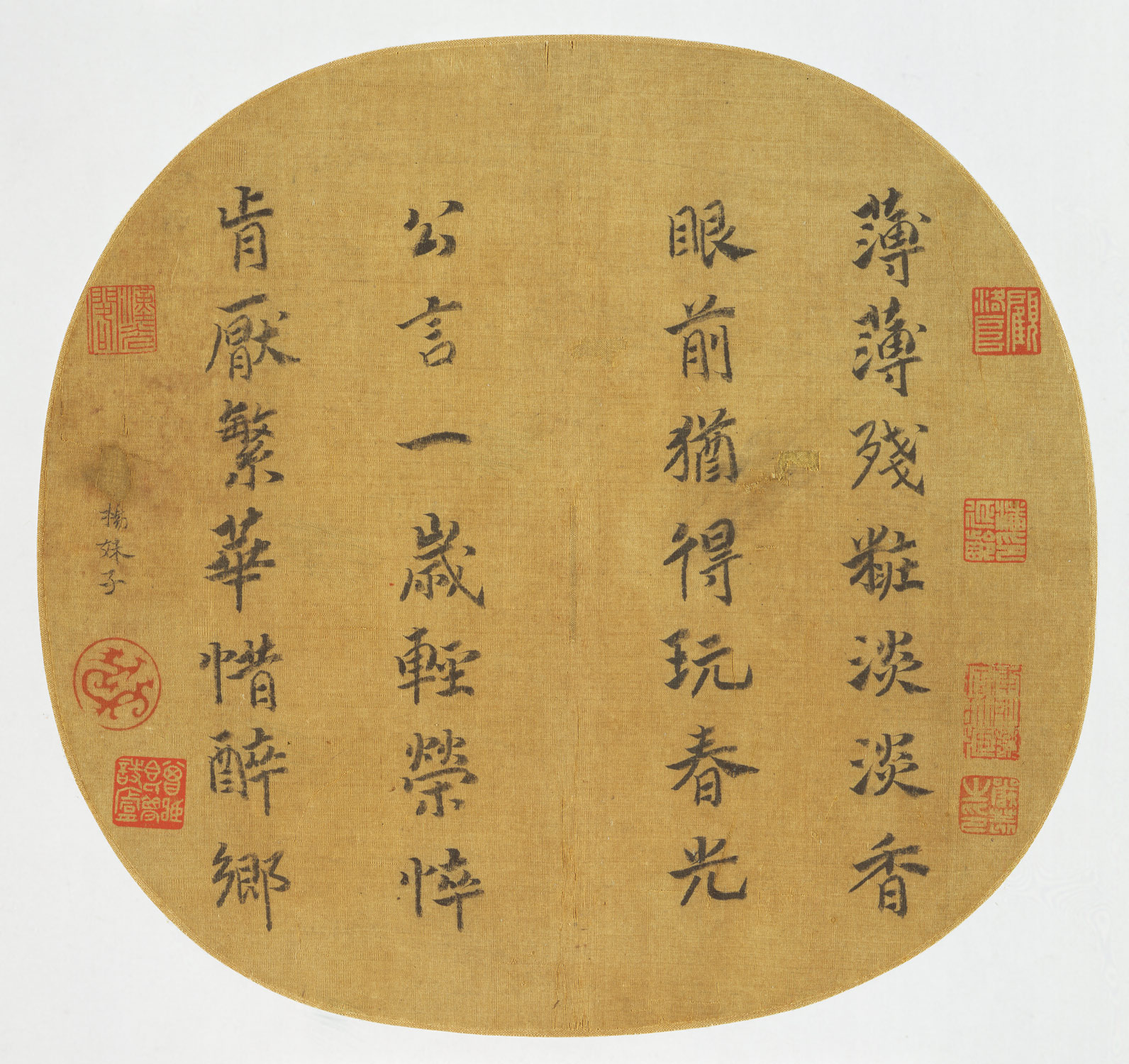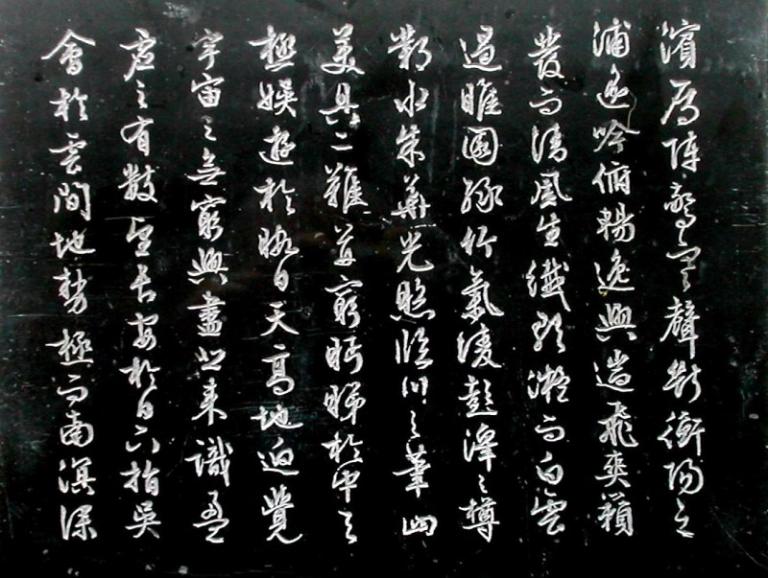Chinese Traditional Thinking, Religion, and Calligraphy
3 min readConfucianism and Calligraphy
Confucian thoughts promoted and influenced the evolution and development of the calligraphic aesthetics. First, the invention of the brush exhibits the Yin-Yang theory. The soft nibs stand for Yin, while the hard shafts embody Yang. Yin and Yang are two opposite but complementary elements, and they can produce everything when integrated. Calligraphers can’t compose good works until they balance both nibs and shafts. Good calligraphers know their brushes well and have clear ideas on how to make full use of their tools under certain conditions.

In addition, Confucianism maintains that nature and all the things in the world are composed of simple materials, no matter how complicated they are, and that there are fundamental laws that can deal with every matter. The brush is just a simple writing tool, consisting of nib and shaft. However, this simple tool can compose as many Chinese characters as it can, and the characters composed can be used to describe the whole world. For example, the earliest Chinese characters are hieroglyph with each character showing our ancestors’ understandings of the world. Later, new ideas and abstract things could also be conveyed through different combinations of single drawings.
Furthermore, Confucian theory of harmony applies to calligraphy as well. In calligraphy, harmony stands for the controlled emotion of calligraphers, and a harmonious relationship between the calligraphers and their works.Callgraphic works are the emotional affections of the author;however,the affection should be in control.Calligraphers believe they should naturally express their feelings in their works,but if they can control their feelings and keep their emotions in a harmonious manner,their works can reach a higher level.Calligraphic works should also express the authentic feelings of the writers.Works without emotion are like a person without life.It’s impossible to compose excellent works when being absent-minded.
The hierarchy theory also influences calligraphy.According to the rules,the font and size of the inscription should be different from the main text.Roughly speaking,the evolution of scripts is from the Seal Script,to Official Script,then Regular,Cursive and Running Scripts.The font of the main text should be older than that of the inscription.For example,if the main text is written in Official Script,the inscription should be written in a script other than the Seal andOfficial Scripts.The size of the inscription should also be smaller than that of the nmain text.
What’s more,honorific is always used in inscriptions,showing the modesty traits of the Chinese.
Taoism and Calligraphy
Originating from the Pre-Qin Period,Taoism took shape during the Eastern Han Dynasty and reached its climax during the Tang Dynasty.Taoism believes that the beauty exists in natural things,and it is beyond the material world,belonging to the spiritual realm.
Similar to the Confucian theory of Yin and Yang,Taoism believes that Dao(the Way)exerts a unified power which splits into two opposite things.Then,a third thing is produced,which in turn produces numerous things.Calligraphy is a combination of simple strokes.But the different distribution of the strokes creates various characters,which can be employed to explain the whole world.
Many calligraphers learn Taoism to purify their minds so as to improve their calligraphic techniques.Some Taoist classics have become common subjects for calligraphers,appearing on both paper and steles.

Buddhism and Calligraphy
Buddhism was introduced to China during the Eastern Han Dynasty and has since cast great influence on Chinese calligraphy.First,Buddhism helped the preservation of calligraphy.TheBuddhism followers took great effort in copying numerous types of Buddhist sutras so as to spread their beliefs.Some monks spent their whole lives copying.Some invited literati to copy sutra.For example,Wang Xizhi,Liu Gongquan(778-865),Li Yu,Su Shi,Huang Tingjian(1045-1105),Lin Zexu(1785-1850),and so on,all copied sutra.All types of scripts are used while copying.Many of the calligraphic works are worth studying today.Some Buddhists even carved the sutra on the steles for long preservation,and thus steles became a very important form of exhibiting Chinese calligraphy.Second,some calligraphers apply Buddhist ideas to their works.They think writing should be unrestricted and unpretentious.
There are not certain laws,and the author should express their real feelings.In addition,some calligraphic theories even employed Buddhist conceptions to describe the concept of calligraphy.









